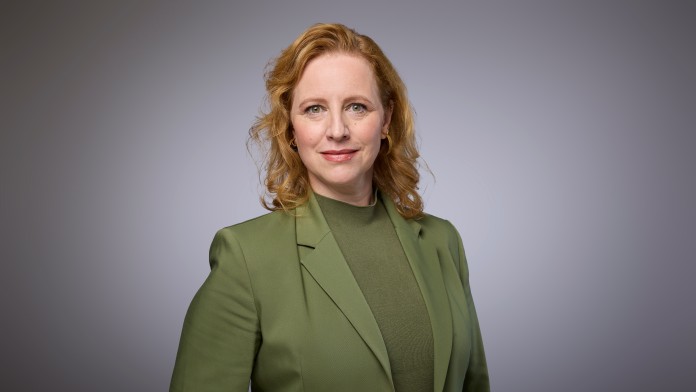Press Release from 2021-05-25 / Group
KfW Business Cycle Compass: The light at the end of the tunnel is getting brighter thanks to vaccination progress and relaxatio
- Germany’s GDP is set to grow 1% to 2% in second quarter, and a strong rebound is expected in summer
- KfW Research upgrades its economic forecast slightly to 3.5% for 2021 (previous forecast: 3.3%) and to 4.0% for 2022 (3.5%)
- Euro area is set to grow 4.5% in 2021 (4.6%) and 4.3% in 2022 (4.0%)
Germany’s economic output contracted sharply in the first quarter of 2021 as a result of high numbers of COVID-19 infections and the extended lockdown. Even if the pandemic with its wavelike progression has led to repeated disappointments, the end of the tunnel now appears to be near. Vaccination progress has picked up sharply in Germany and the other EU states, the number of new infections is declining and restrictions are being relaxed. This is providing a cyclical tailwind. Already in the current quarter, Germany’s gross domestic product is set to grow again by 1-2%, largely offsetting the decline of the previous quarter. The summer will likely bring a strong growth rebound, and economic output in autumn is likely to exceed the pre-crisis level. On average for the year 2022, KfW Research expects a price-adjusted GDP growth rate of 3.5% (previous forecast: 3.3%). Economic output should grow by 4.0% in 2022 (previous forecast: 3.5%).
The gradual opening made possible by declining infection rates is also benefiting retail, hospitality, personal services and some recreational and cultural businesses again for the first time in the current quarter. The manufacturing and construction industries had already decoupled from the slump induced by infections since autumn. Thanks to strong demand from buyers outside Europe, but also due to vigorous domestic demand for industrial goods, manufacturing orders have recovered rapidly and in March already exceeded the level of early 2020 by 6%. But supply bottlenecks mean that manufacturers are having difficulty working through their well-filled order books. Shortages currently affect a wide range of inputs and materials from semiconductors to timber. Ultimately, however, this is likely to be a rather temporary situation which will presumably improve slightly in the second half of the year.
The weak start to the year 2021 and the expected strong growth in the second half will result in an exceptionally large statistical overhang for 2022 (+3.1%). Particularly as a result of this momentum from the previous year, KfW Research expects unusually high economic growth of 4.0% for the coming year. However, average quarterly growth rates are to be expected for the remainder of this year, as positive and negative factors will roughly offset each other. The increased corporate debt resulting from turnover losses during the crisis and the beginning consolidation of the national budget are among the factors weighing on growth. On the positive side, demand from abroad will likely be strong, particularly from the US economy, which is being bolstered by stimulus packages, but also from Europe, where significant additional expenditure is scheduled under the EU Recovery Fund. Besides, excess savings accumulated by private households during the lockdowns – amounting to around 4% of GDP from 2020 alone – provide potential for vigorous domestic demand.
The same economic drivers are currently present everywhere across the euro area, with comparable vaccination progress and strong global demand for industrial goods. KfW Research therefore expects a similar quarterly profile for the euro area as a whole and for the four large euro countries Germany, France, Italy and Spain this year, with a strong growth surge in the summer quarter. Specifically, the euro area is predicted to grow by 4.5% in 2021 (+4.6%) and by a further 4.3% in 2022 (+4.0%).
“The light at the end of the pandemic tunnel is becoming increasingly brighter and the gap between the manufacturing sector and the critical services segments is beginning to close. Germany and the entire euro area have begun their economic catching-up process!”, said Dr Fritzi Köhler-Geib, Chief Economist of KfW. “But the upswing is anything but a surefire success, as the pandemic continues to pose significant risks. The spread of vaccine-resistant mutations in particular would be a serious threat. Germany and the euro area can grow faster than predicted particularly if the supply shortages in the manufacturing sector are resolved quickly and the funds spent under the EU Recovery Fund come with considerable multiplier effects.”
The current KfW Business Cycle Compass is available at www.kfw.de/konjunkturkompass.


Share page
To share the content of this page with your network, click on one of the icons below.
Note on data protection: When you share content, your personal data is transferred to the selected network.
Data protection
Alternatively, you can also copy the short link: https://www.kfw.de/s/enkBbm2w.CfTA
Copy link Link copied